Why is it necessary to inject water in stages for the basic steps of hand-made coffee? how to make hand-ground coffee?
After talking about why coffee is injected into segments (portal 🚪) two days ago, a partner left a message asking how to know where the cut-off point of each stage is during three-stage extraction. Then this time we will continue to talk about when the stage should be segmented.
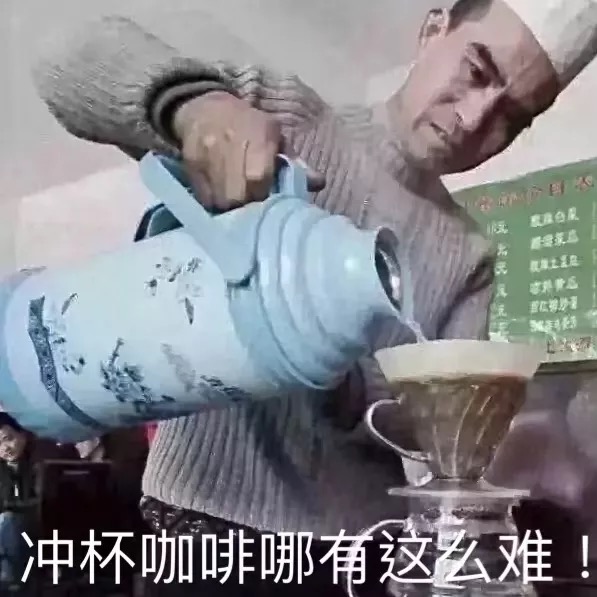
Different size / shape of filter cup / cutoff point when brewing coffee powder is different ~ this time, Qianjie chooses one of the most daily brewing methods: V600001 filter cup, pour 15g coffee powder into 1:15 water ratio (that is, the total amount of water injected into 15g powder is 225g) to discuss.
The first cut-off point: water with twice the amount of powder.
I still want to say: steaming is very important! Freshly roasted coffee beans vary in structure density, carbon dioxide content and release time according to the degree of roasting. In general, the deeper the roasting degree of coffee beans, the more carbon dioxide in the body, and the longer the release time will be. Giving a small amount of hot water and a short period of rest can stimulate the self-release of carbon dioxide. In order to more effectively ensure the stability and equilibrium of coffee extraction.
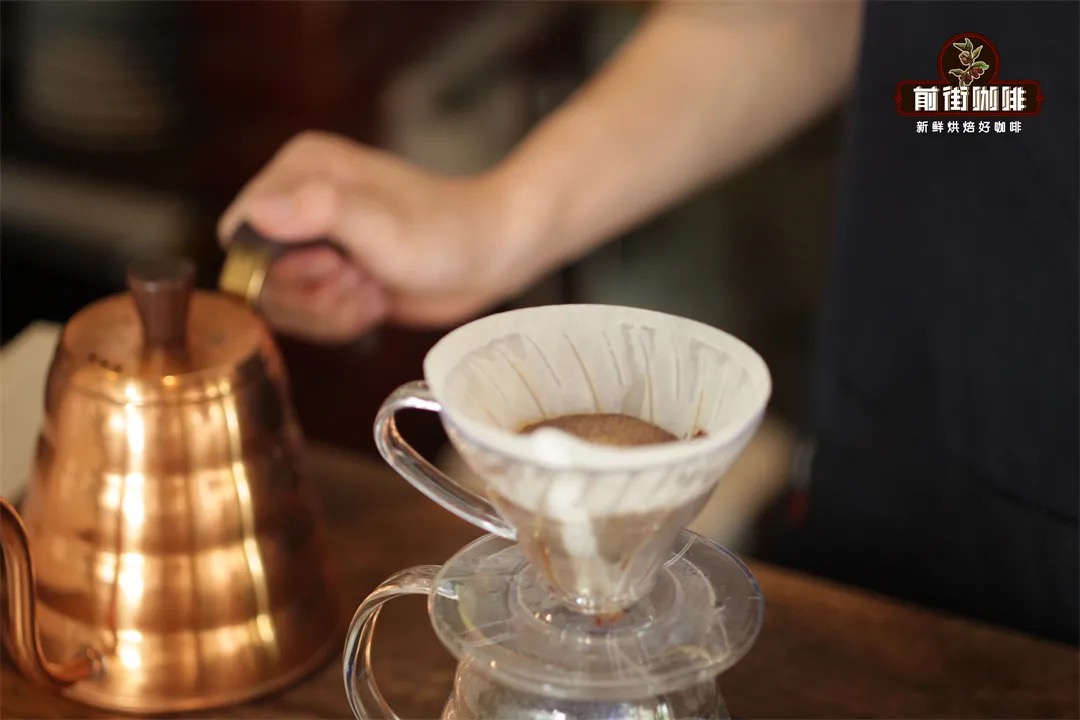
Qianjie in the steaming stage is recommended to inject twice the amount of water (that is, 15g powder into 30g hot water). At this stage, the powder layer will absorb about 25g of water and slowly drip about 5g of coffee liquid. In general, if coffee liquid drips off the pot very quickly / there is a lot of coffee liquid dripping off the pot, it is probably because the grinding is too thick and the water passes through the powder layer at once (the powder layer will be sunken as a result). Another possibility is that the injection flow is too large, and the water rushes to the edge and then flows directly from the exhaust trough to the lower pot without passing through the powder layer (the powder layer therefore does not evenly release carbon dioxide, resulting in uneven extraction in the later stage).
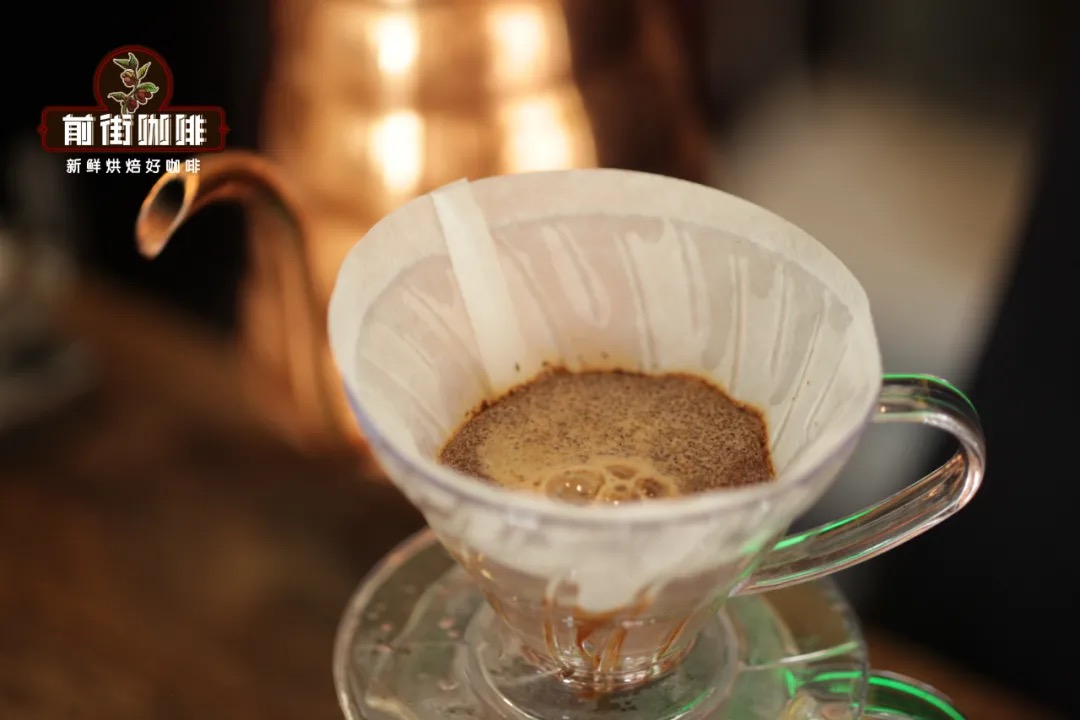
Start the first stage of water injection after starting the clock. It is recommended to stay in the front street for 20-40 seconds in the steaming phase. When you notice that the surface of the powder layer no longer bubbles and breaks, you can move on to the next stage of water injection. The steaming time should not be too long! Excessive steaming for a long time will cause excessive release of substances on the surface of coffee particles, which will eventually lead to the astringent taste of coffee.
The second cut-off point: do not exceed the height after the coffee particles are uniformly distributed.
After the beginning of the second stage of water injection, the impact of the water column will cause the coffee particles to tumble, causing the coffee particles gathered together to disperse and distribute around the cup wall as the water level rises. The recommended flow rate for Qianjie is 4-5g per second, and the flow is stable and consistent all the time. The aim is to shock and turn the coffee particles steadily and gently, so that they can be evenly distributed around the cup wall, so that the injected water can extract the same concentration of coffee liquid through the same thickness powder layer in different directions.
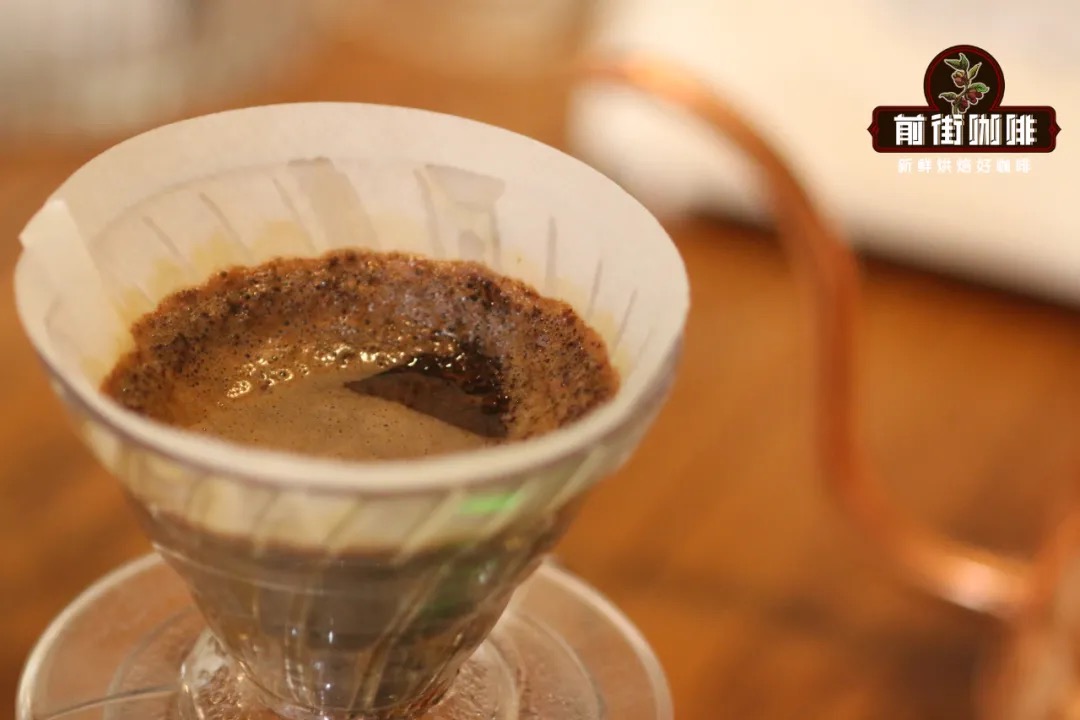
(this is a state in which coffee particles are evenly distributed.)
If the water flow is injected in a state of ups and downs, the distribution of coffee particles will be uneven, so the powder layer will be partly thick and partly thin, resulting in uneven coffee extraction.
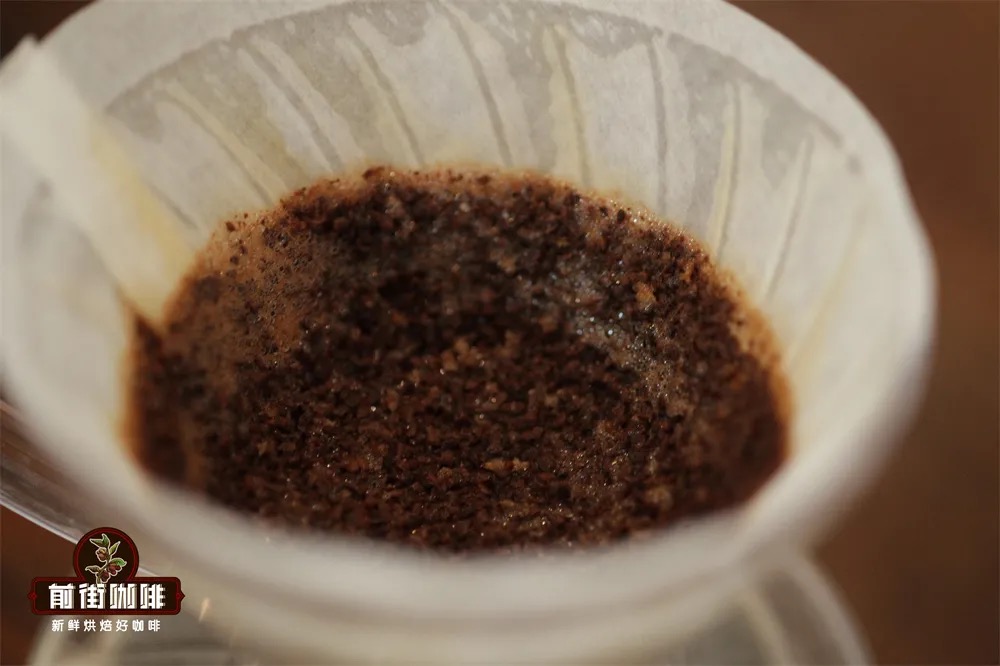
(this is the state of uneven distribution of coffee particles.)
However, it should be noted that the distribution of coffee particles is limited. In the case of 15g powder brewed in a V600.001 filter cup, the height at which coffee particles can rise after uniform distribution is about 2max 3 of the overall height of the filter cup. Through years of cooking experience in Qianjie, under the condition that the coffee beans are fresh and suitable for grinding, after the second stage is injected with 95-100g water with a stable small flow (the total injection volume at this time is 125-130g), the water level can be the same as the height after the particles are uniformly distributed. at this time, it is most appropriate to stop water injection in the second stage, the time is about 55 seconds-1 minute.
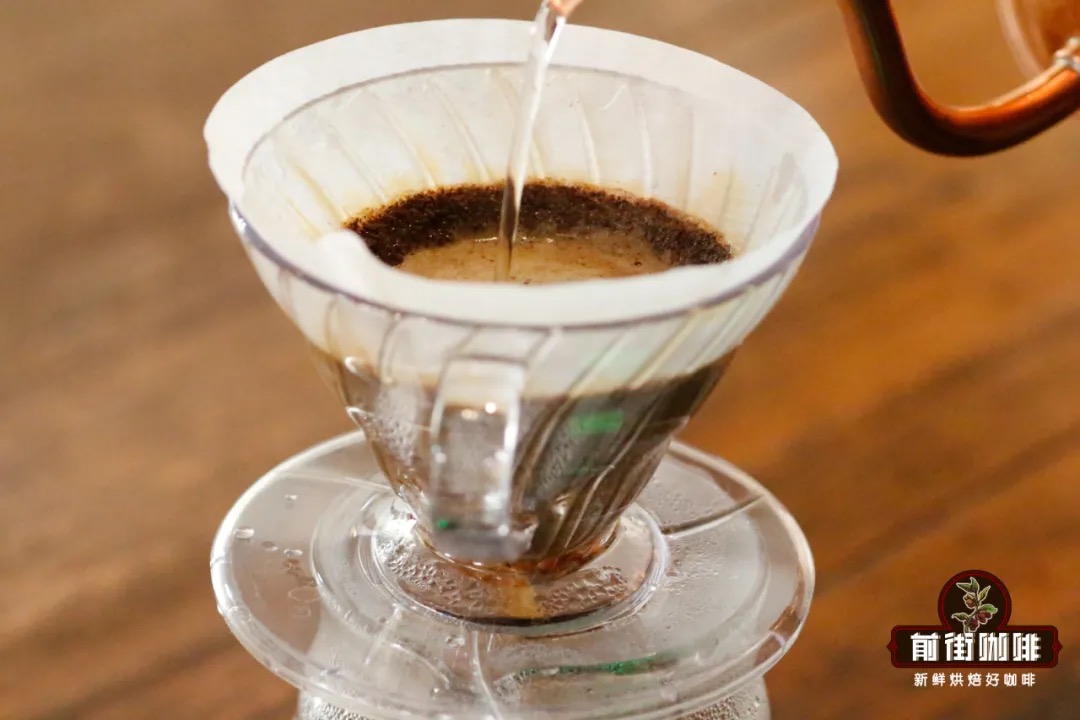
When this happens, it is necessary to consider whether the water injection flow is too fast / too large, or whether the water channel is blocked by too much fine grinding / too much fine powder after grinding. If it is found that the particles do not rise much and distribute uniformly, it may be due to too coarse grinding or too fine injected water column.
The third cut-off point: do you still want to think about this? Ha ha ha
Question: 15g coffee powder is injected with 225g hot water in the proportion of 1:15 powder. It is known that a total of 125g-130g water has been injected into the first and second stage. How many grams of water should be injected into the third stage? All right, I'm just kidding, the third paragraph can be injected with 95-100g of water at a time. However, we should pay attention to the problem of water flow, not to be too fast and stable, to control the water level not to exceed the average distribution height of particles and not to break through the already distributed powder layer. When the water injection is stopped in the last stage, the time is about 1 minute 45 seconds-1 minute 50.

Important Notice :
前街咖啡 FrontStreet Coffee has moved to new addredd:
FrontStreet Coffee Address: 315,Donghua East Road,GuangZhou
Tel:020 38364473
- Prev

How to grind coffee beans into coffee powder? how to make espresso? how to adjust the thickness of coffee powder?
For small partners in the coffee industry, the most "numbing" thing every day, the grinding adjustment of Italian coffee takes the first place. With the different state of coffee beans each day, the size of coffee particles, the amount of powder extracted, the time of extraction and the flavor of coffee will be different at the same scale, which leads to the opening of business.
- Next
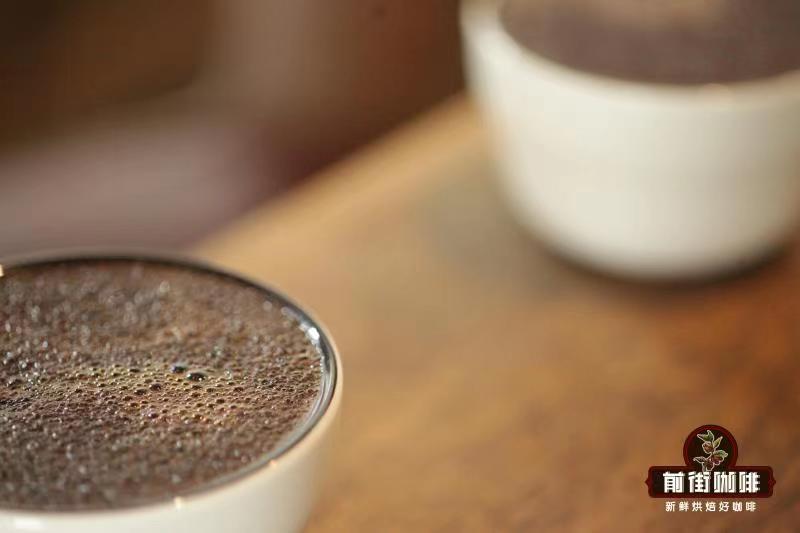
What is the standard of boutique coffee beans and how they are processed
The details of boutique coffee production, from fertilizer, sunshine, climate, growth region and so on, are the key factors affecting the quality and flavor of boutique coffee beans. The maximum dividing line between fine coffee and commercial coffee can be distinguished by a cup test of 80 points, higher than 80 points as fine coffee, and a cup score between 60 and 80 points.
Related
- Beginners will see the "Coffee pull flower" guide!
- What is the difference between ice blog purified milk and ordinary milk coffee?
- Why is the Philippines the largest producer of crops in Liberia?
- For coffee extraction, should the fine powder be retained?
- How does extracted espresso fill pressed powder? How much strength does it take to press the powder?
- How to make jasmine cold extract coffee? Is the jasmine + latte good?
- Will this little toy really make the coffee taste better? How does Lily Drip affect coffee extraction?
- Will the action of slapping the filter cup also affect coffee extraction?
- What's the difference between powder-to-water ratio and powder-to-liquid ratio?
- What is the Ethiopian local species? What does it have to do with Heirloom native species?

